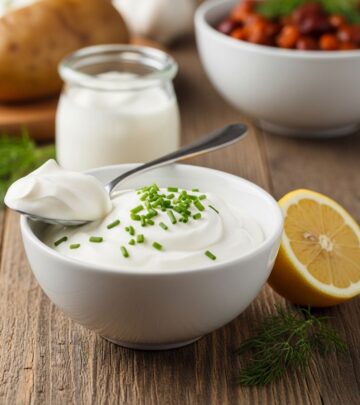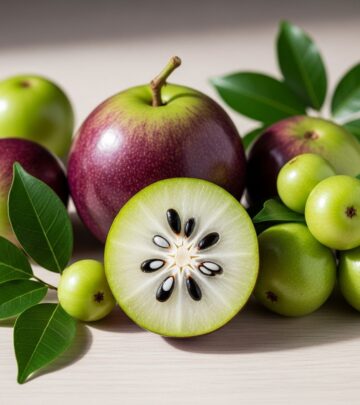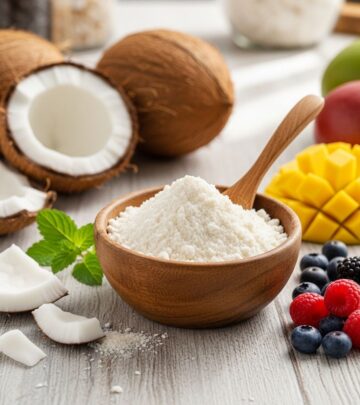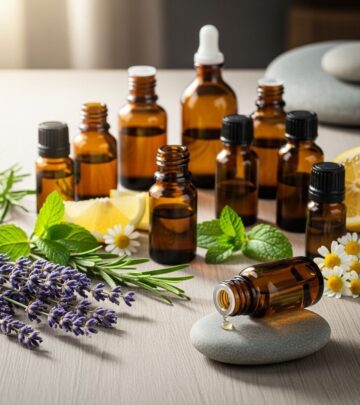10 Effective Home Remedies for Eye Infections: Treatments, Prevention & FAQs
Gentle, evidence-based remedies to soothe eye irritation and support natural healing.
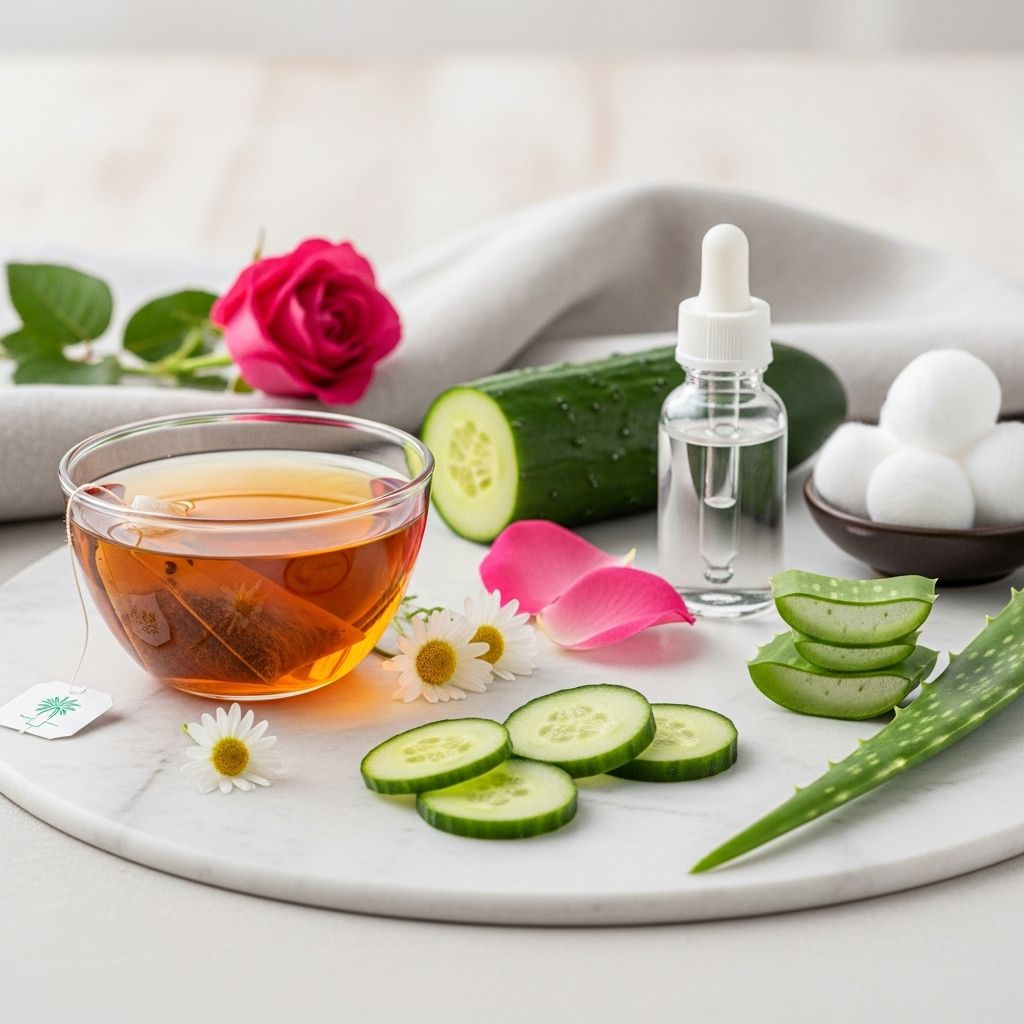
Effective Home Remedies to Treat Eye Infections: Complete Guide
Eye infections can cause discomfort, redness, and irritation, interfering with daily activities and overall well-being. While professional medical care is sometimes necessary, many mild eye infections can be safely managed at home using natural remedies. This comprehensive guide provides evidence-based home treatments, preventive steps, and answers to frequently asked questions about eye infections and care.
Table of Contents
- What Are Eye Infections?
- Common Symptoms and Causes
- Top 10 Home Remedies for Eye Infections
- Essential Safety & Precautions
- Prevention: Protecting Your Eyes
- When to See a Doctor
- Frequently Asked Questions (FAQs)
What Are Eye Infections?
An eye infection occurs when harmful microorganisms—such as bacteria, viruses, or fungi—invade the eye or its surrounding tissues. These infections can affect various parts of the eye, including the conjunctiva (outer membrane), cornea, or eyelids. The most common eye infections include:
- Conjunctivitis (Pink Eye): Swelling and redness of the conjunctiva, often caused by bacteria, viruses, or allergens.
- Blepharitis: Inflammation of the eyelid margins.
- Stye: A small, painful lump on or inside the eyelid due to infection of an oil gland.
- Keratitis: Inflammation of the cornea.
Common Symptoms and Causes
Symptoms of an eye infection can range from mild to severe. Recognizing them early helps in timely intervention.
- Redness in and around the eye
- Swelling or puffiness of eyelids
- Watery or sticky discharge
- Itching or burning sensation
- Blurry vision (usually reversible after infection clears)
- Pain, especially with blinking or touching
- Increased sensitivity to light
Most common causes:
- Bacterial or viral infection (e.g., conjunctivitis)
- Allergic reactions (pollen, dust, animal dander)
- Poor contact lens hygiene
- Unhygienic eye makeup or tools
- Trauma or foreign bodies entering the eye
Top 10 Home Remedies for Eye Infections
Important: Home remedies offer supportive care for mild infections or irritations. Always wash your hands before touching your eyes or preparing any remedy. Stop immediately if symptoms worsen and consult a healthcare professional.
1. Warm Compress
Soothes pain, reduces swelling, and helps drain pus or crusts in conjunctivitis and styes.
- Soak a clean washcloth in warm (not hot) water.
- Wring out excess water and gently place over closed eyelids for 10-15 minutes.
- Repeat 2-3 times daily with a fresh cloth each time.
2. Cold Compress
Reduces redness, swelling, and itching, especially effective for allergic conjunctivitis.
- Soak a clean cloth in cold water, wring out, and apply to closed eyelid for 5-10 minutes.
- Use separate cloths for each eye to prevent cross-contamination.
3. Saline Eye Rinse
Saltwater helps flush out irritants and has mild antimicrobial properties.
- Dissolve 1 teaspoon of sterile salt in 1 cup of boiled and cooled water.
- Use a clean dropper or cup to gently rinse the affected eye, allowing liquid to drain out.
- Repeat 2-3 times daily (never reuse solution).
4. Honey and Water Mixture
Honey possesses natural antibacterial and soothing properties.
- Mix 1-2 teaspoons of raw or organic honey in a cup of warm (not hot) distilled water.
- Using a sterile cotton pad or ball, gently dab the mixture onto closed eyelids.
- Repeat 2-3 times daily. Avoid direct contact with the eyeball; use on eyelids only.
5. Green Tea Bags
Green tea contains antioxidants and anti-inflammatory agents, helpful for swelling and irritation.
- Brew two green tea bags in hot water, then cool in the refrigerator.
- Place chilled tea bags on closed eyelids for 10-15 minutes.
6. Aloe Verde Gel
Aloe vera soothes inflammation and redness. Always use pure, food-grade gel to avoid additives.
- Apply a small amount to the closed eyelid, avoiding the inner eye.
- Let sit for 10-15 minutes, then gently rinse off.
- Use once or twice a day for best results.
7. Flaxseed Poultice
Flaxseed helps reduce pain and swelling due to its anti-inflammatory effect.
- Boil a handful of flaxseeds in water, then place them in a clean, soft cloth.
- Apply the warm (not hot) poultice over the affected eye for 10 minutes.
- Repeat 2-3 times daily with a fresh cloth and seeds.
8. Baking Soda Eye Wash
Baking soda is mildly alkaline and can help cleanse the eye.
- Mix 1 teaspoon of baking soda into 1 cup of boiled and cooled water.
- Use a clean dropper or rinse cup to wash the eyes 2–3 times a day.
- Always use freshly prepared solution and sterilized tools.
9. Cucumber Slices
Cucumber cools and soothes irritated eyes, helping to reduce puffiness and discomfort.
- Chill thick slices of cucumber in the refrigerator.
- Place over closed eyelids for 10–15 minutes, once or twice daily.
10. Breast Milk (For Infants Only)
Antimicrobial and healing enzymes in breast milk (especially colostrum) may help clear mild conjunctivitis in newborns. Note: This remedy is for infants and breast milk should always be freshly expressed, handled with clean hands, and applied with a sterile dropper.
Essential Safety & Precautions
- Never use the same cloth or compress for both eyes. Always prevent cross-contamination.
- Do not share towels, pillowcases, cosmetics, or eye drops with anyone.
- Avoid touching or rubbing your eyes, especially if infected.
- Remove contact lenses during infection and use only sterile, prescribed solutions after consulting your doctor.
- If you wear eye makeup, discard it after infection to avoid re-infection.
- Do not attempt to pop or squeeze a stye, as this can worsen infection.
- Always use clean hands and sterile tools before preparing or applying any home remedy.
Prevention: Protecting Your Eyes
Healthy eye hygiene and environmental awareness can go a long way toward preventing infections.
- Wash your hands regularly, especially before touching your face or eyes.
- Avoid sharing towels, pillowcases, or eye care products.
- Practice contact lens hygiene—clean cases and lenses properly, and replace them as recommended.
- Avoid using expired or old makeup; never share cosmetics.
- Wear protective eyewear in dusty, dirty, or allergen-prone environments.
- Take regular breaks from screens, especially during extended computer use, to prevent dryness and irritation.
- Keep your living area clean to minimize allergen exposure.
- Maintain a balanced diet rich in vitamins A, C, and E, as well as omega-3 fatty acids, for optimal eye health.
When to See a Doctor
While most mild eye infections respond to home care, medical attention is essential if you experience:
- Severe pain or sudden loss of vision
- Injury to the eye or presence of a foreign object that cannot be removed
- Symptoms persisting or worsening after 48 hours of home treatment
- Profuse, thick yellow or green discharge
- Sensitivity to light, severe redness, or swelling that spreads beyond the eyelid
- Signs of fever or systemic illness
Infants, contact lens users, and people with compromised immune systems should seek care promptly if any eye infection is suspected.
Frequently Asked Questions (FAQs)
Q1. Can pink eye clear up on its own?
A: Yes, viral or allergic conjunctivitis often resolves without prescription medication in 7-10 days. However, bacterial cases or persistent symptoms may require antibiotics.
Q2. Are home remedies safe for all eye infections?
A: Most home remedies are safe for mild symptoms. Avoid these if you have severe pain, vision changes, or eye trauma, and do not use unsterile solutions or expired substances.
Q3. Is it okay to use antibiotic eye drops without prescription?
A: No. Only use antibiotic drops or ointments prescribed by your physician, as misuse can delay healing or cause complications.
Q4. Can I wear contacts during an eye infection?
A: Remove contact lenses at the first sign of infection and switch to glasses. Resume lens use only after your doctor confirms the infection is cleared and provides instructions for disinfecting or replacing your lenses.
Q5. How can I prevent recurring eye infections?
A: Practice scrupulous hand hygiene, avoid touching your eyes, follow correct contact lens care, regularly wash and change bed linens and towels, and avoid sharing personal items.
Q6. Is breast milk a good remedy for eye infections?
A: Breast milk is sometimes used for newborn conjunctivitis due to its natural antibodies, but evidence is limited, and its use in older children and adults is not supported. Consult a pediatrician before use on infants.
Summary Table: Remedies and Their Key Benefits
| Remedy | Key Benefit | Application Frequency |
|---|---|---|
| Warm Compress | Relieves pain and swelling | 2-3 times/day |
| Cold Compress | Reduces redness and itch | 2 times/day |
| Saline Rinse | Cleans and flushes out irritants | 2-3 times/day |
| Honey & Water | Fights bacteria, soothes lids | 2-3 times/day |
| Green Tea Bags | Antioxidant, eases swelling | 1-2 times/day |
| Aloe Vera | Reduces inflammation | 1-2 times/day |
| Flaxseed Poultice | Soothes and heals | 2-3 times/day |
| Baking Soda Wash | Cleans and soothes | 2-3 times/day |
| Cucumber Slices | Cools, reduces puffiness | 1-2 times/day |
| Breast Milk (infants only) | Antibacterial (newborn use) | As needed |
Final Note
While these remedies can alleviate symptoms and support healing for mild eye infections, they do not replace professional evaluation when symptoms are severe or persistent. Always follow strict hygiene and consult your doctor if in doubt. Protecting your vision is essential for lifelong health and quality of life.
References
- https://www.youtube.com/watch?v=eccr_gAGI8A
- https://www.stylecraze.com/articles/dry-eyelids/
- https://health.clevelandclinic.org/home-remedies-for-pink-eye
- https://www.stylecraze.com/articles/effective-home-remedies-to-treat-eye-infection/
- https://www.youtube.com/stylecraze
- https://www.eyesdefined.com/7-natural-remedies-for-under-eye-aging/
- https://www.medicalnewstoday.com/articles/315854
Read full bio of Sneha Tete

